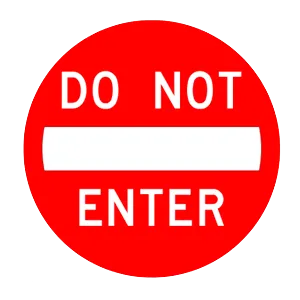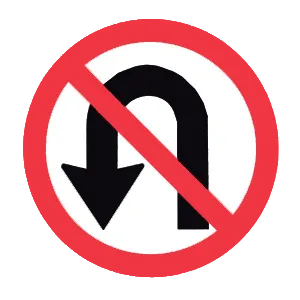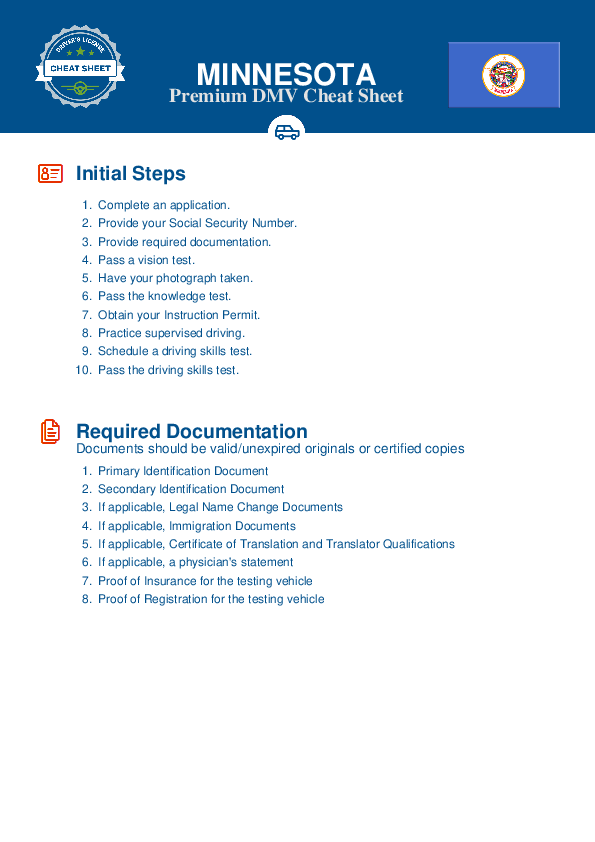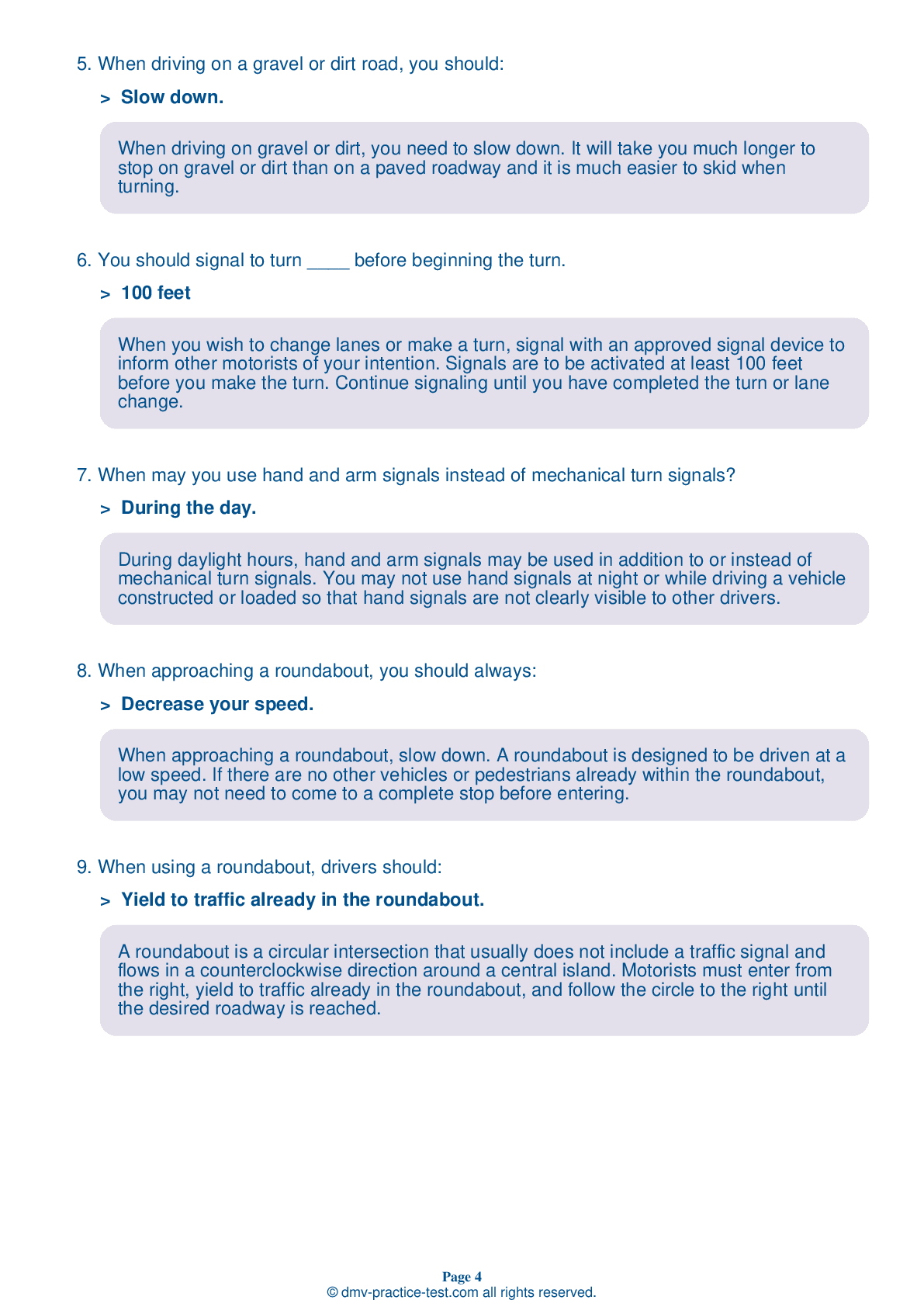FREE Minnesota DMV Practice Test #1
The Minnesota DMV practise examinations have been updated for January 2025. It includes questions based on the Minnesota Driver Handbook's most essential traffic signals and laws for 2025. Use actual questions that are very similar (often identical!) to the DMV driving permit test and driver's licence exam to study for the DMV driving permit test and driver's licence exam.
On the practise exam, each question gets a tip and explanation to help you remember the concepts. The written component of the official Minnesota DMV test will include questions about traffic rules, traffic signs, and driving statutes, as well as knowledge from the Driver Handbook.
To obtain a passing grade, you must correctly answer 32 of the 40 questions. To help you prepare for your instruction permit or driver's licence, take our Minnesota DMV practise test.
The DMV exam is available in several languages.
Using any kind of testing assistance will result in an automatic fail, and the DMV may take additional action against your driver's licence, so stay away from it.
1 . When parking uphill next to a curb, set the parking brake and:
When parking facing uphill on a street that has a curb, set your parking brake and turn your steering wheel away from the curb. This way, if your vehicle starts to roll, it will roll into the curb.
2 . This sign means:

This sign means that it is not safe for drivers to enter the indicated road or driveway from their current direction. If you come across one of these signs, you should immediately turn around and drive a different way.
3 . When changing lanes, you can check your blind spots by:
You should turn your head to check your blind spots before every lane change.
4 . You may not cross a single broken white or yellow line:
You may cross a single broken line to pass or change lanes as long as you can do so safely and without interfering with traffic.
5 . This sign means:




